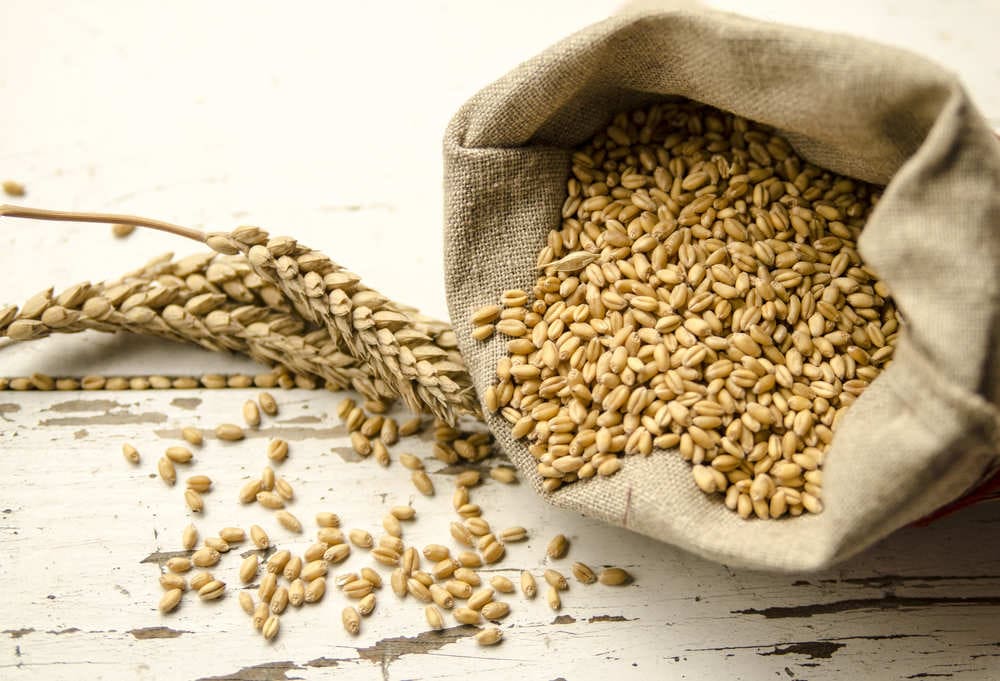Mycotoxin Analysis
What are Mycotoxins?
Mycotoxins are compounds that are produced by moulds. Some are very toxic, like aflatoxin and some are beneficial, like penicillin. There are hundreds of mycotoxins and more are being identified all the time. Some are not found in nature but can be produced in the lab. Of those that do occur in nature, only a few are known for their toxicity.
The FDA laboratories routinely analyse 12 of these toxins in food and feed and for aflatoxin M1 in milk. Mycotoxin occurrence is an old problem that has been given new meaning by sophisticated detection and measuring procedures. These techniques permit us to detect mycotoxin presence and take steps to avoid injury to humans and their animals.
Detection Capabilities
So far, most analytical methods (ELISA kits) are dealing with single mycotoxins or mycotoxin classes, thus including a limited number of chemically related target analytes only. But as an additive and synergistic effects have been observed concerning the health hazards posed by mycotoxins, efforts have been increased to search for multi-toxin methods for the simultaneous screening of different classes of mycotoxins.
The technology of liquid chromatography-mass spectrometry (LC/MS) opens the perspective of efficient spectrometric assays for routine laboratory settings, with high sample throughput. Thus, liquid chromatography coupled with tandem mass spectrometry (LC/MS/MS) has become very popular in mycotoxin analysis and is used by the laboratory to detect 12 mycotoxins simultaneously. Refer to the list of mycotoxins routinely tested by the laboratory. Additional Mycotoxin testing, not appearing on the routine list, is also available on request as per the client’s requirements.
Routine mycotoxin testing | |||
|---|---|---|---|
Aflatoxin B1 | Aflatoxin B2 | Aflatoxin G1 | Aflatoxin G2 |
Deoxynivalenol | Diacetoxyscripenol | Fumonisin B1 | Fumonisin B2 |
HT-2 Toxin | T-2 Toxin | Nivalenol | Ochratoxin A |
Zearalenone |
| M1 (only in milk) | |
Request a Quote
To request a free, no obligation quote, please follow the link and complete the form.
Sampling Technique
Proper sampling is essential for obtaining reliable test results. Failure to obtain a representative sample can result in unnecessary economic loss by causing loads of grain to be improperly condemned or by inadvertently feeding unsafe lots of grain to livestock.
“Probe sampling”
Is commonly used for lots of corn that have been recently mixed. Use a double shelled, compartmented probe of sufficient length to reach the bottom of the container to obtain a representative sample.
“Stream sampling”
Is one of the most effective ways of obtaining a representative sample. When automatic samplers are not available, a person can be assigned to pass a cup under the stream at periodic intervals. This process should continue throughout the time that the lot is being moved.
Sample Size
The laboratory requires between 100 and 150g of sample.⠀⠀⠀⠀⠀⠀⠀⠀⠀
Moulds produced by Mycotoxins do not grow uniformly throughout the matrices and will affect the result.
Please make sure that the laboratory obtains a representative sample.
Samples for Mycotoxin analysis need not be frozen, but to prevent continuous mould production, samples should be kept at room temperature or cooled during transit.

